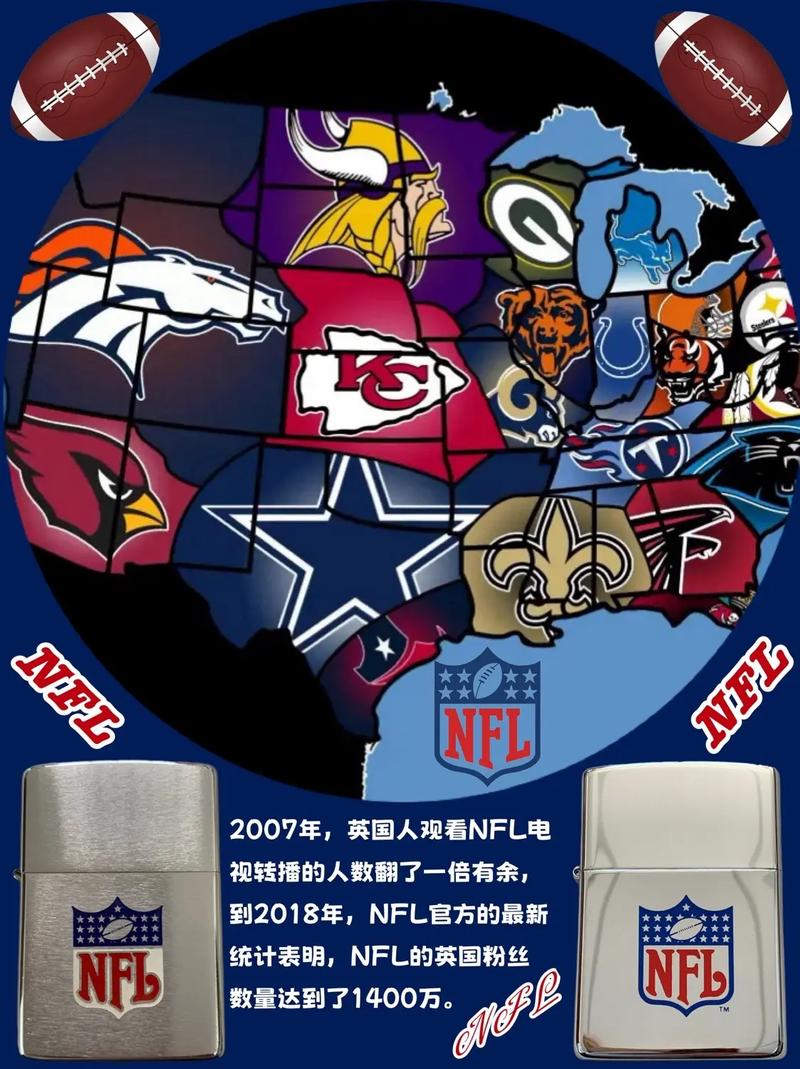
NFL Money Game: A Detailed Multi-Dimensional Introduction
Are you a football enthusiast looking to dive deeper into the financial side of the National Football League (NFL)? The NFL Money Game is a term that encapsulates the financial aspects of the league, from player salaries to team revenues. In this article, we will explore the various dimensions of the NFL Money Game, providing you with a comprehensive understanding of how the league generates and manages its finances.
Player Salaries and Contracts
One of the most talked-about aspects of the NFL Money Game is player salaries. The average salary for an NFL player has been on the rise over the years, with the 2020 season seeing an average salary of around $2.1 million. However, the distribution of these salaries is not uniform. Let’s take a look at some key figures:

| Year | Average Salary | Top-Earning Player | Team |
|---|---|---|---|
| 2010 | $1.9 million | Tom Brady | New England Patriots |
| 2015 | $2.0 million | Aaron Rodgers | Green Bay Packers |
| 2020 | $2.1 million | Rob Gronkowski | New England Patriots |
As you can see, the average salary has increased by approximately $0.2 million over the past decade. However, the top-earning player has seen a significant jump, with Rob Gronkowski earning over $20 million in 2020. This highlights the disparity in salaries within the league.
Team Revenues and Ownership
While player salaries are a significant part of the NFL Money Game, team revenues play a crucial role in determining the financial health of each franchise. The primary sources of team revenues include ticket sales, broadcasting rights, and merchandise sales. Let’s take a closer look at these sources:
- Ticket Sales: Ticket sales are a vital source of revenue for NFL teams. The average ticket price for an NFL game in 2020 was around $90, with some teams charging upwards of $200 per ticket.
- Broadcasting Rights: The NFL has a lucrative broadcasting deal with networks like ESPN, CBS, and Fox. The league’s television contracts are worth billions of dollars, with the NFL Network generating an additional $1.5 billion annually.
- Merchandise Sales: The NFL generates significant revenue from merchandise sales, with fans purchasing everything from jerseys to collectibles. The league’s official online store, nflshop.com, generates over $1 billion in annual sales.
Ownership also plays a crucial role in the NFL Money Game. The majority of NFL teams are owned by individuals or groups, with some teams owned by corporations. The value of NFL teams has skyrocketed over the years, with the Dallas Cowboys being the most valuable team in the league, worth an estimated $5.8 billion in 2020.
Salary Cap and Revenue Sharing
The NFL has implemented a salary cap to ensure competitive balance among teams. The salary cap is a financial limit on the total amount of money a team can spend on player salaries and bonuses. The salary cap for the 2020 season was set at $198.2 million, with adjustments made for inflation and other factors.

Revenue sharing is another key aspect of the NFL Money Game. The league redistributes a portion of the total revenue among all teams, ensuring that teams with lower revenues receive additional funding. This helps to level the playing field and prevent teams from becoming too reliant on local revenues.
Conclusion
The NFL Money Game is a complex and multifaceted subject. From player salaries and team revenues to salary caps and revenue sharing, there are numerous factors that contribute to the financial health of the league. By understanding these aspects, you can gain a deeper appreciation for the financial side of the NFL and its impact on the game we love.







